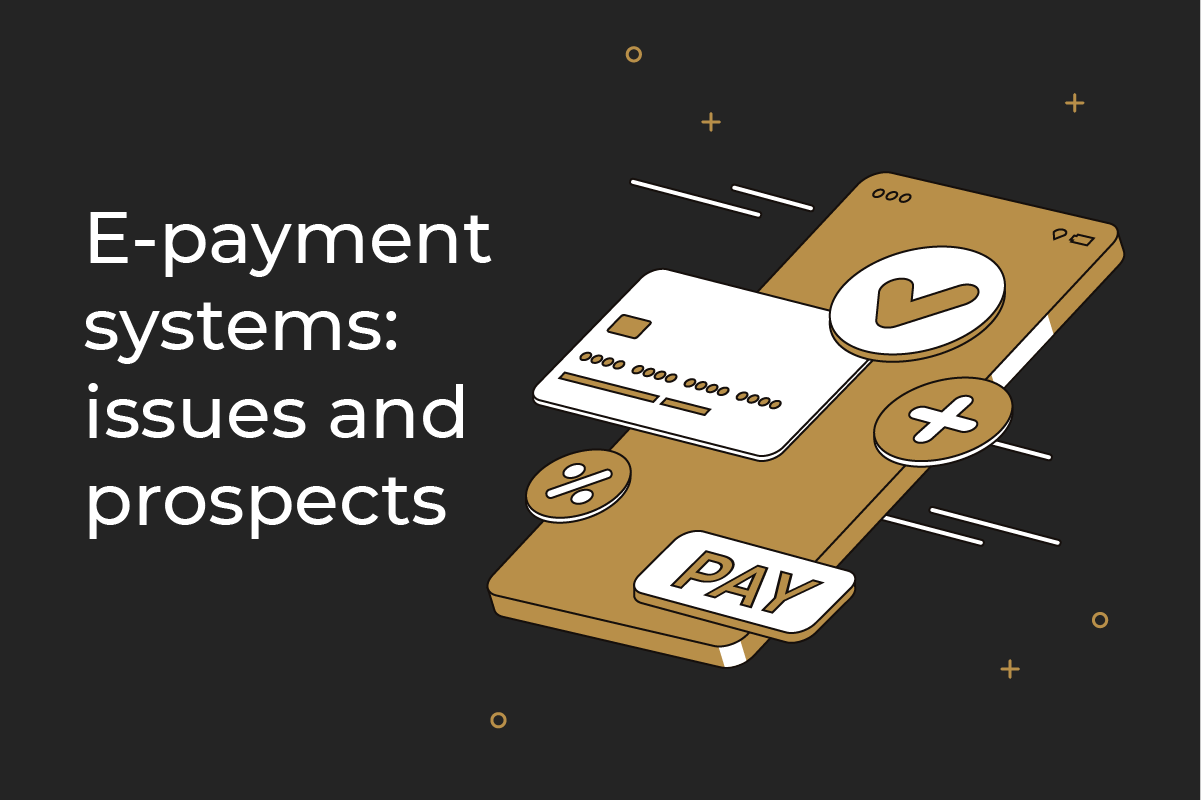Electronic payment systems in Europe and the USA: problems and prospects

E-payment system – what to know
Electronic payment systems are responsible for transmitting funds via the internet as opposed to using physical money exchanges. This way people and companies can make payments for items or services. E-payment systems facilitate the process and provide secure and fast transactions for both sides.
The eCommerce industry uses said systems for collecting funds. The easiest way to accept payments on the website is to obtain a merchant account. For instance, Maxpay helps to start merchant accounts and offers all the necessary tools.
Different kinds of online payment methods
Credit purchase systems
| Credit or debit card as a feature. A type of e-payment system that is based on the utilization of the purchasing card issued by a financial institution to the person/business, so that they can pay without a physical exchange of cash. |
| eWallet or a digital wallet as a feature. It’s a prepaid account that stores cardholder’s financial data to improve the online transaction process by making it quicker. |
| A smart card as a feature. A special plastic chip card that has an inserted microprocessor and which can be topped up for purchases, etc. |
Cash purchase systems
| Direct debit method. It’s a transfer when the owner of the card/account requests the bank to take a certain amount of funds from the online account for a purchase. |
| E-check method. A digital substitution of the paper bank check. It is an e-transfer of funds from a customer’s account to a merchant’s. |
| E-cash structure. It is a way of an electronic purchase system in which a specific sum is guarded on a customer’s device and is available for e-transactions. |
| Stored-value card arrangement. A card with some sum of funds that can be utilized for the purchase in the issuer store. |
E-payment systems in Europe and USA
Common problems
- Fraud. eCommerce fraud is known to grow every year. eWallets, mobile payment services, and other methods are sensible when it comes to data breach attempts. But a reliable online payment platform is always well-secured and has several global compliances that protect customers’ data.
- Privacy matters. Often users are concerned about sharing sensitive information such as an address, phone number, billing details. But again, there are loads of laws to obey for those companies that request such information.
- Internet access required. It’s true, with no connection to the web, all the previously mentioned methods would be useless. Even though the coverage on the planet is getting larger, we still should be inclusive – some people aren’t tech-savvy or live in areas with poor coverage.
Positive developments
- Widening of markets. Implementing e-payments allows merchants to reach out to new markets, which is easier done online.
- Convenience. No need to leave the house, as paying online is in most cases handier and simpler to keep track of.
- Fast transactions. Purchases through the web take from five business days to no time at all. With this speed, both customers and merchants benefit enormously.
- Security. As a rule, online payment systems are well protected by governmental laws, directives, and even commercial anti-fraud products.
FAQ
What are the types of electronic payment systems?
In short, there are two of them: credit payment and cash payment structures.
What is the best electronic payment system?
The best one is for a merchant to decide, depending on the way the clients wish to pay.
What are the different types of payment systems?
The one that would imitate the cash processes, and the one that embraces the varieties of electronic transactions.